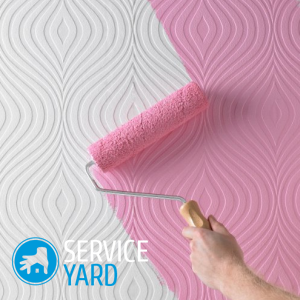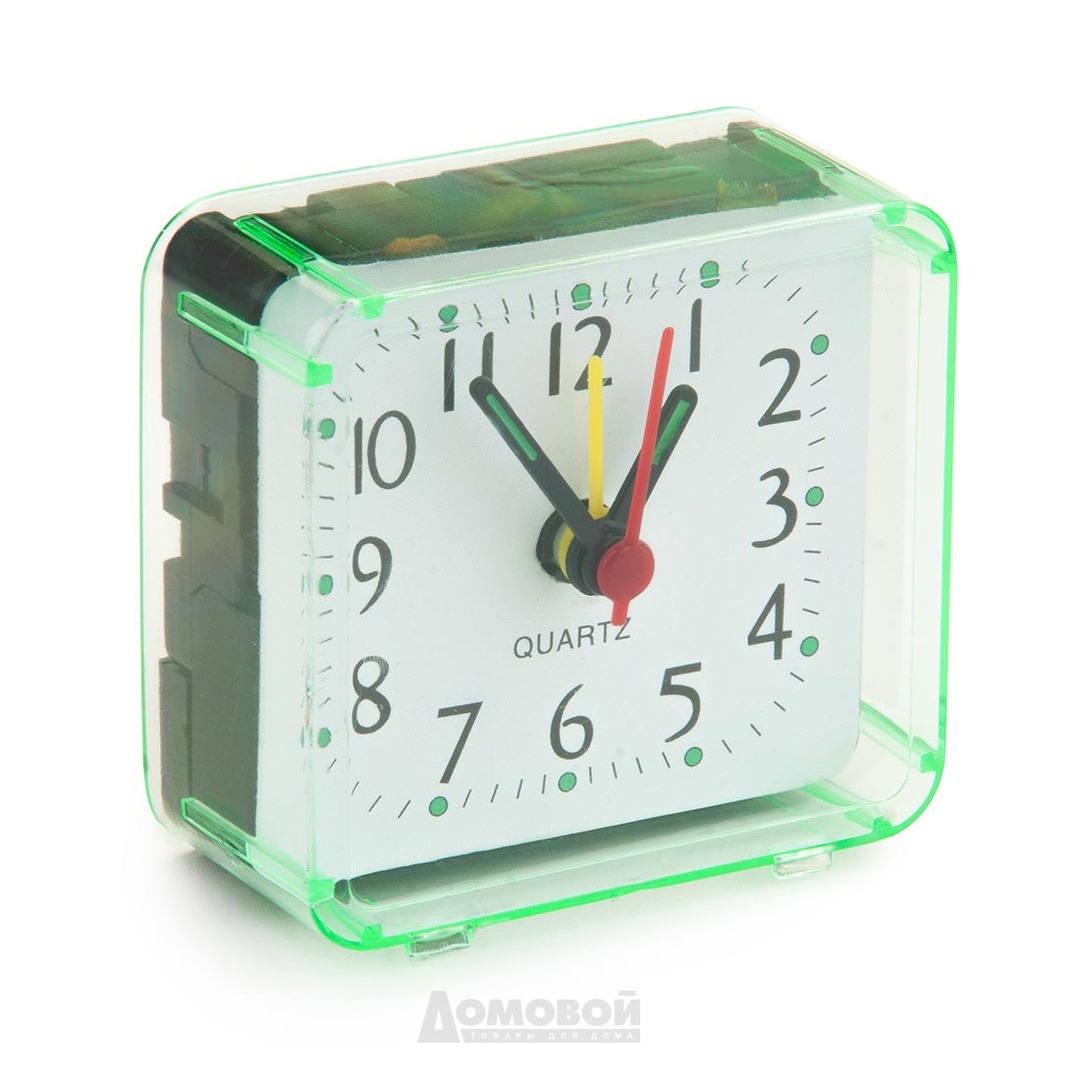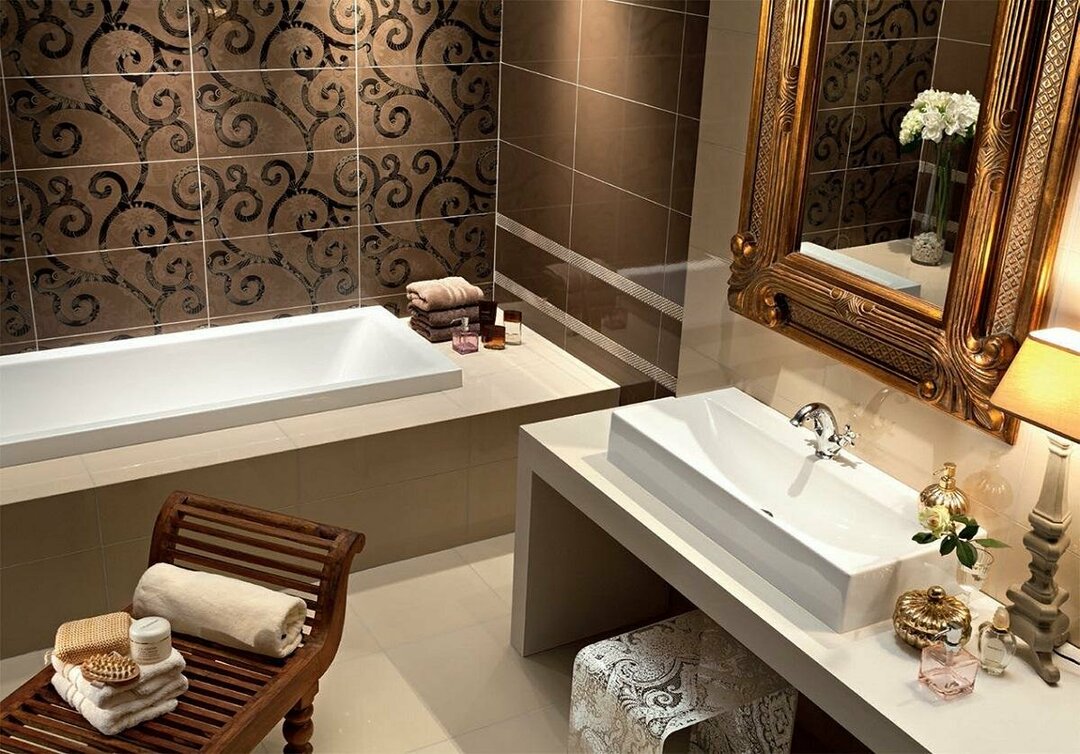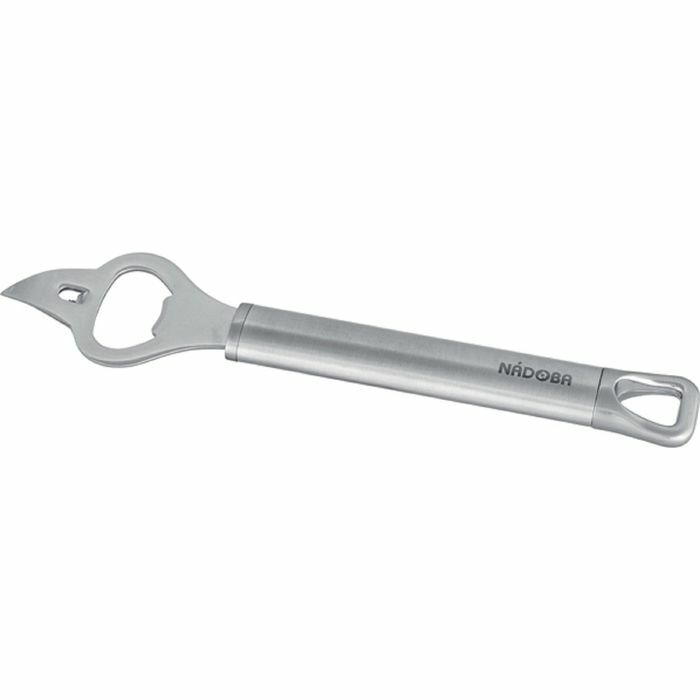
- What are liquid wallpapers?
- Ceiling finishing classification
- Ceiling with liquid wallpaper by hand: order of preparation of dry mix
- Ceiling decoration
- Another point
Is it possible to apply liquid wallpaper to the ceiling surface? Fortunately, yes. After whitening, the use of decorative plaster is the most economical way of decorating surfaces. In this case, unlike the pasting of ordinary tapestry, the ceiling is straight, the seams are absent. Consider how to apply liquid wallpaper to the ceiling.
to the contents ↑What is a liquid wallpaper?
This is a relatively new finishing material, which includes:
- fibers, cellulose, silk, natural cotton;
- is a synthetic dye.
Important! Thanks to silk and cellulose, the material has the necessary elasticity. This greatly facilitates the application of wallpaper.
The advantages of the decor include:
- Immune to mold and fungi. Special additives allow you to use the finish in the bathroom and bathroom.
- Antistatic effect. No dust accumulates on the surfaces.
- There is no need to adjust the patterns, since there are no joints. Stucco looks like a continuous canvas, masking small irregularities on walls and ceilings.
- Easy to apply. Work with this finish does not require any special knowledge. Even a person who has a very distant relationship with the repair of apartments will cope with this task without difficulty.
- After the surface dries, it can be painted with any color.
- There is no need for preparatory work. The material fits perfectly on old paint or plaster.
Important! Before you glue liquid wallpaper on the ceiling, the old whitewash should be washed off, and unevenness cleaned with putty.
- Easy dismantling.
Important! The disadvantage of finishing the ceilings with liquid wallpaper by oneself is that the material is not combined with all kinds of decor. For example, they do not look at all together with paper and fleece tapestries, as well as glass walls. Therefore, you need to think through the options for combining materials.
The best option is to use liquid wallpaper for both walls and ceiling. Another disadvantage is the relatively high cost. But, given the strength and durability of the finishing material, this shortcoming can be completely ignored.
to the table of contents ↑Ceiling classification for
ceilings The liquid wallpaper used on the ceiling surfaces are of three types:
- Blends with silk fibers. These are expensive, but very beautiful and good materials. With their help you can create truly unique interiors.
- Silk-cellulose. They also look very attractive. At a price they are much cheaper than silk.
- Cellulose - the most inexpensive option. Liquid cellulose wallpaper is used on glazed loggias, in vestibules or corridors.
Important! Choosing this or that finishing material, it is necessary to take into account, besides the purpose of the room, the geometric parameters of the room. Wallpaper light shade - a universal option. But small rooms with poor lighting materials of dark colors are contraindicated.
to the contents ↑Ceiling with liquid wallpaper by hand: the order of preparation of a dry mixture
First of all, prepare a room for the upcoming repair. Take out of the room all pieces of furniture. Protect the floor covering with a cloth or polyethylene.
Now it's time to prepare the ceiling:
- On the surface painted with acrylic, water-based or oil paints, clean peeling areas. Remove the burnt ceiling.
- If the ceiling has been pasted with ordinary trellises, remove their residues with a spatula.
- The next step is to coat the crack filler and the gaps on the ceiling. Apply the compound to problem areas. When it dries, level the surface with a float.
- Remove the remains of fixing elements or plaster mesh or paint over with enamel.
- Using a roller or a wide paintbrush, apply a primer to the ceiling.
While the primer dries, turn the dry mix into ready-to-use wallpaper. The cooking algorithm will be as follows:
- Pour warm clean water into a 10-liter bucket. The correct amount of water is calculated according to the instructions written on the package of liquid wallpaper.
- Pour the dry composition into the water, stir thoroughly.
Important! Mix dry composition with water only by hand. Use a construction mixer is not possible, as the elements that make up the mixture will be damaged in this case.
- Wait until the components of the liquid wallpaper swell.
- When mixing the compound, add paint and texturing impurities, if necessary.
Now the composition is fully ready for use. Apply liquid wallpaper to the ceiling right away.
Important! Theoretically, the mixture can be re-diluted with water. But the quality of such plaster will deteriorate significantly. In this case, there is no good adhesion to the surface.
to content ↑Ceiling decoration
The air temperature in the space to be repaired should be between 20 and 25 degrees.
Handmade finish
How to apply liquid wallpaper to the ceiling:
- Pick up a little prepared mixture, form a lump.
- Apply a lump to a plastic float.
- Use cautionary reciprocating movements to apply plaster to the surface to be cleared.
- Form the next lump. Repeat the entire algorithm first. Periodically wet the grater with water - in this case, the surface treatment of the ceiling will be much simpler.
- Smooth the remnants of the lumps on the ceiling.
Important! To allow the material to dry faster, room ventilation or heaters can be used.
Mechanical finish
You can apply liquid wallpaper to the ceiling using a spray gun. Thus it is necessary:
- Pressure about 3,5 atm.
- The minimum productivity of the spray gun is 200 l / min.
Important! Before using this method, carefully study the instructions to the decorative plaster. If the structure contains coarse fibrous structures, you can not use the spray gun.
to the contents ↑Another point of the
It is believed that the material is not afraid of dampness. Of course, this is great, but additional treatment with waterproof lacquer does not hurt. This applies to rooms with high humidity. If the humidity level is normal, there is no need for lacquer coating.
It's easy to use decorative plaster. It is important before applying liquid wallpaper to the ceiling, properly prepare the surface and prepare the mixture. And then - a matter of simple technology, of which you already have an idea.



